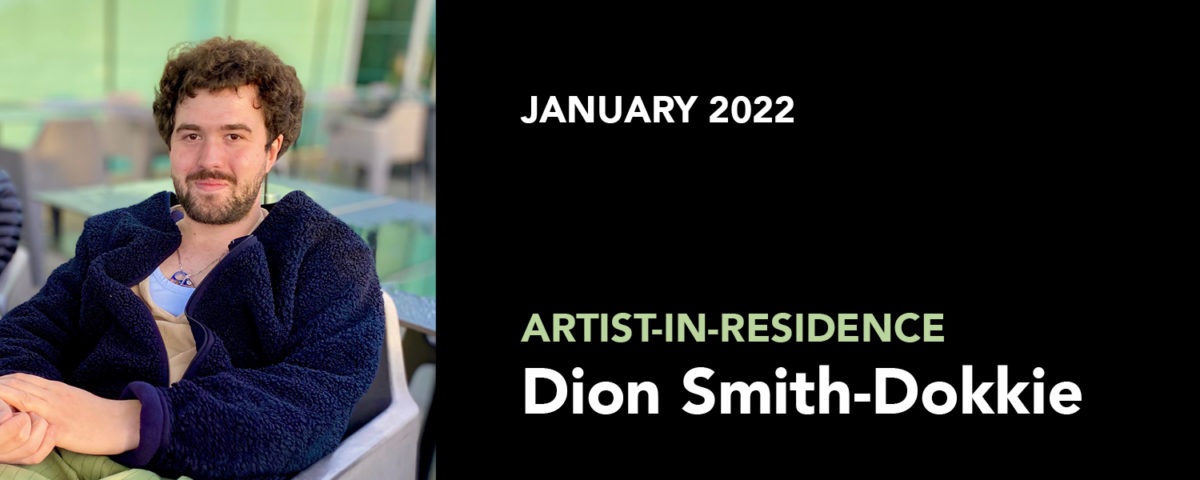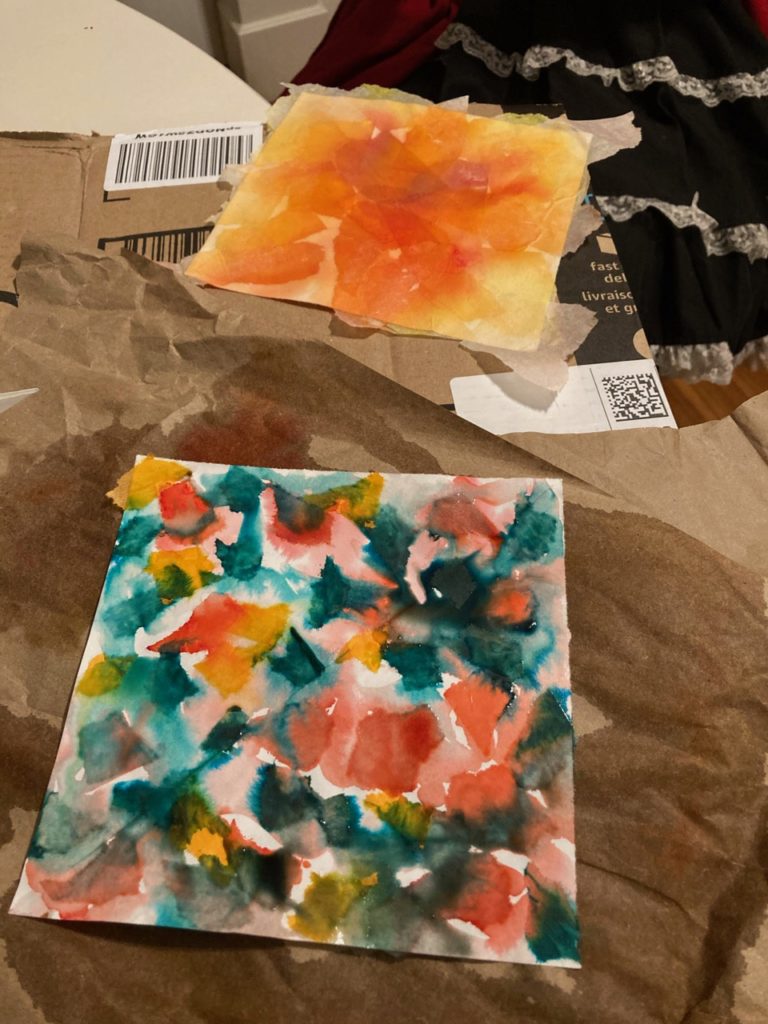gender
1: a construct
pirate
1: one who robs on the high seas
also: one who commits acts resembling robbery
Virtual Event: Mar 31 at 7pm
We’re celebrating International Transgender Day of Visibility with Gender Pirates: an online evening of trans-centred events curated by Bobbi Kozinuk. Who are Gender Pirates, you ask? Gender Pirates are folks who defy society’s preconceptions of gender performance and expression; they are people who have fought (and continue to fight) to create their own space; and they’re individuals who make their own rules and inspire others to live their truths. Join us for an evening that shines a spotlight on extraordinary trans lives, with a special performance of Kozinuk’s Vertigo, a reading by artist and activist Yoseñio V. Lewis, and a soundscape performance by sound artist and DJ, Brady Marks. And keep an eye on our social media that week for special Instagram takeovers and media shares!
















